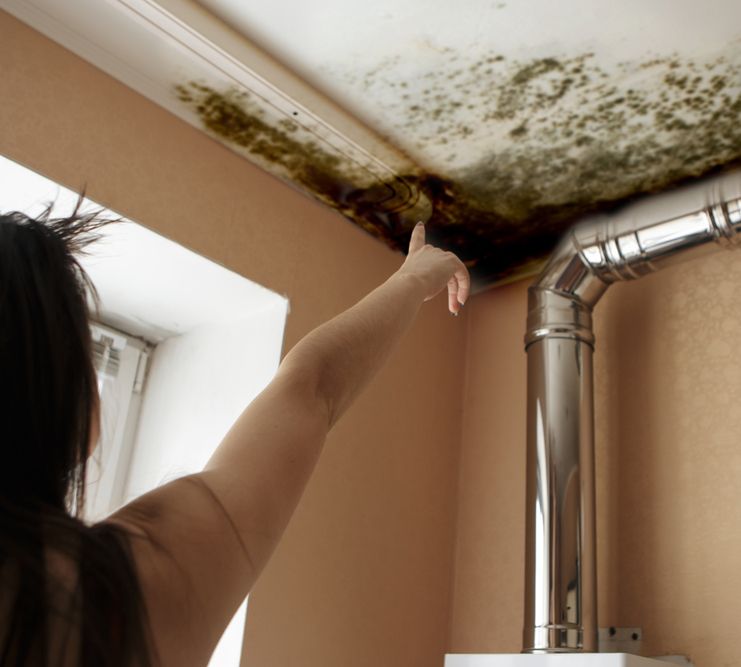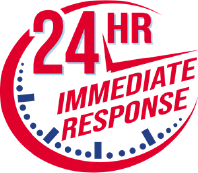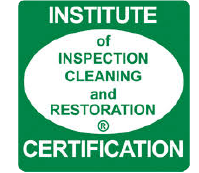FeaturesWhat are the Steps in Mold Remediation?
Oftentimes, when a home is exposed to water, rain, or flooding of any kind for a while, the residual damage it leaves can become difficult to contain. Molds can build up without the knowledge of the homeowner, and this makes it difficult to clear them out eventually. While it’s difficult to notice, mold can affect house occupants or offices and other shelter spaces in very serious ways.
It is therefore important to always stay conscious of their growth and involve experts to help out with mold management. Keep reading to learn more about it!
The first thing a trained expert would do is to inspect the environment where the mold has colonized. He/she will search your home thoroughly to see if there are molds around. They will also collect the air samples to find out the kind of mold breeding there or liable to. This is possible because the airborne spore has been stimulated to proliferate.
A moisture re ader is a spp
Also known as the Flir heat gun. This special piece of equipment is able to look behind walls, ceilings, flooring etc. to find areas with high moisture content and water leaks that are hidden. This is used to trace the source of water leaks.
Also known as air quality testing. This is an analysis of airborne mold spores done by our licensed environmental hygienist with cert. lab analysis.













